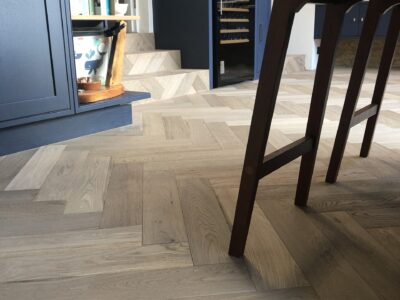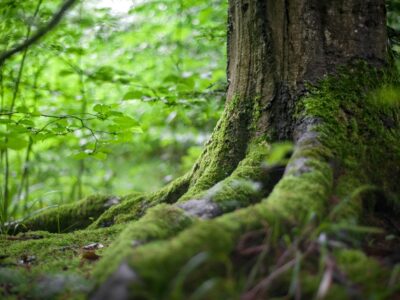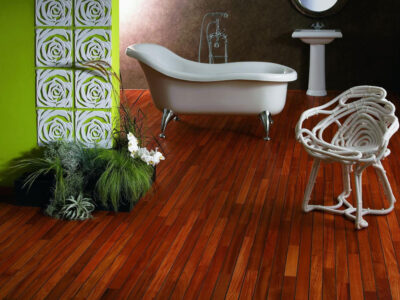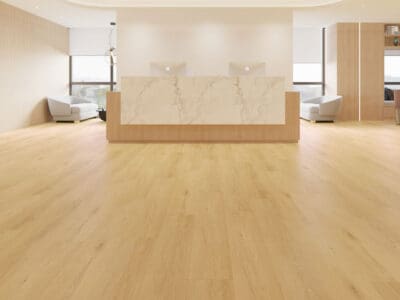Engineered Wooden Flooring comes in a large range of finishes, styles and structures. It’s important to understand how the boards are manufactured in order to appreciate them properly.
Finishes can range from antique, hand-distressed to natural-brushed boards and those that can be used with underfloor heating.
There are three basic structures of engineered floors:
- Cross ply birch plywood back
- Sandwich Board
- Poplar back
Solid Wood & Engineered boards
Good quality engineered floor boards have a minimum top layer thickness of 5-6mm.
Solid boards are normally 18mm thick and good-quality engineered wood flooring is 20-21mm thick.
How Are Engineered Floor Boards Made?
- Top quality plywood boards are the foundation for any quality engineered flooring.
- The plywood is made of several layers of birch, the top layer has a hard surface on which to adhere.
- You should always look for 100% birch plywood back to give extra stability. A mixture of woods is not good for the long-term stability of any engineered wooden floor.
- The best engineered boards have a 14-15mm thick plywood back.
- The top of hardwood flooring is then bonded to the plywood base with a high-pressure press and allowed to cure.
- Once this is done, the boards are then put in a drying chamber (similar to a kiln) to balance the moisture content.
Related News Stories

Engineered Wood vs. Solid Wood Flooring: Which is Right for You?
Read more
The Environmental Benefits of Choosing FSC-Certified Engineered Wood Flooring
Read more
Flooring for Bathrooms: Alternatives to Wood Flooring
Read more
Top 5 Reasons to Choose Trident Laminate Flooring for Your Home
Read moreJoin our mailing list
Receive the latest news, offers and inspiration straight to your inbox.
